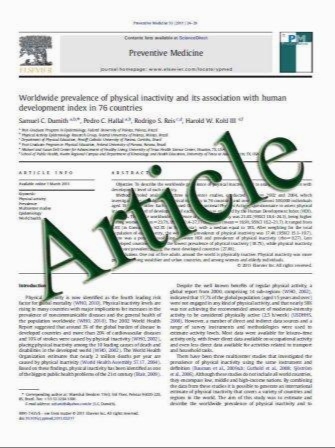The role of zinc protoporphyrin measurement in the differentiation between primary myelofibrosis and essential thrombocythaemia
- نوع فایل : کتاب
- زبان : انگلیسی
- مؤلف : Georgia Metzgeroth & Eva-Maria Kanders & Philipp Erben &Wolf-Karsten Hofmann & Jan Hastka
- چاپ و سال / کشور: 2010
Description
The differentiation between primary myelofibrosis (PMF) and essential thrombocythaemia (ET) may be difficult especially in early-stage disease. In PMF, increased levels of inflammatory cytokines induce impaired iron utilisation and disturbed erythropoiesis. In conditions with impaired iron support to erythropoiesis, zinc protoporphyrin (ZPP) is produced instead of heme. Here, we investigate whether ZPP concentration can be useful in the differentiation between PMF and ET. Seventy newly diagnosed patients (PMF, n=24; ET, n=46) were analysed. Intraerythrocytic ZPP concentration (normal ≤40 μmol/mol heme) was measured by an Aviv front-face haematofluorometer. In PMF, ZPP concentrations were significantly increased when compared to ET (99± 37 μmol/mol heme vs. 36±13 μmol/mol heme, p<0.0001). There was also a significant difference between early-stage PMF and advanced disease (77±30 μmol/mol heme vs. 122±31 μmol/mol heme, p=0.003). ZPP >76 μmol/mol heme as observed in 71% of PMF patients were not seen in ET. In PMF patients responding to immunosuppressive treatment (n=4), the increase in haemoglobin was accompanied by declining ZPP. In summary, by detecting the disturbed iron metabolism common in PMF, ZPP may assist in the differentiation between PMF and ET. Concentrations >60 μmol/mol heme are unlikely in ET if iron deficiency is excluded. ZPP determination is also useful for monitoring the effect of therapy in PMF.
Ann Hematol (2011) 90:389–394 DOI 10.1007/s00277-010-1089-8 Received: 7 July 2010 / Accepted: 21 September 2010 / Published online: 5 October 2010


